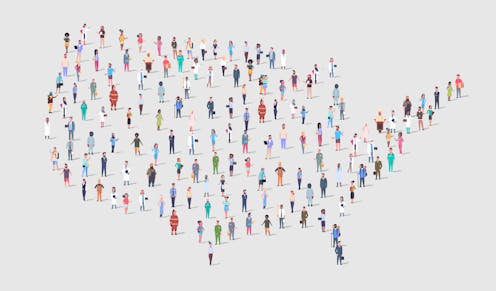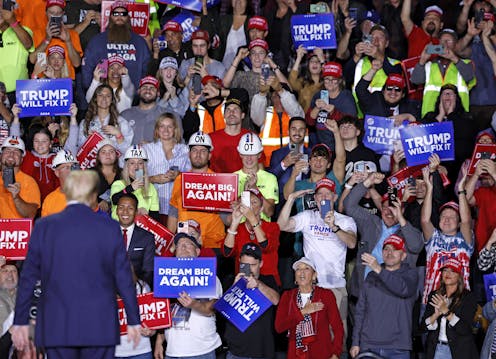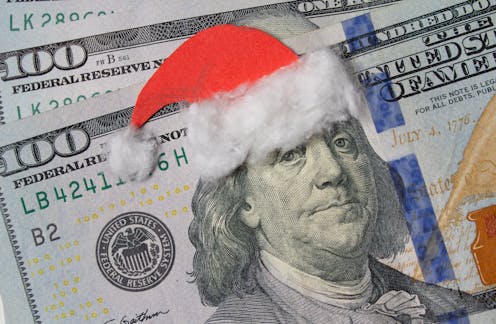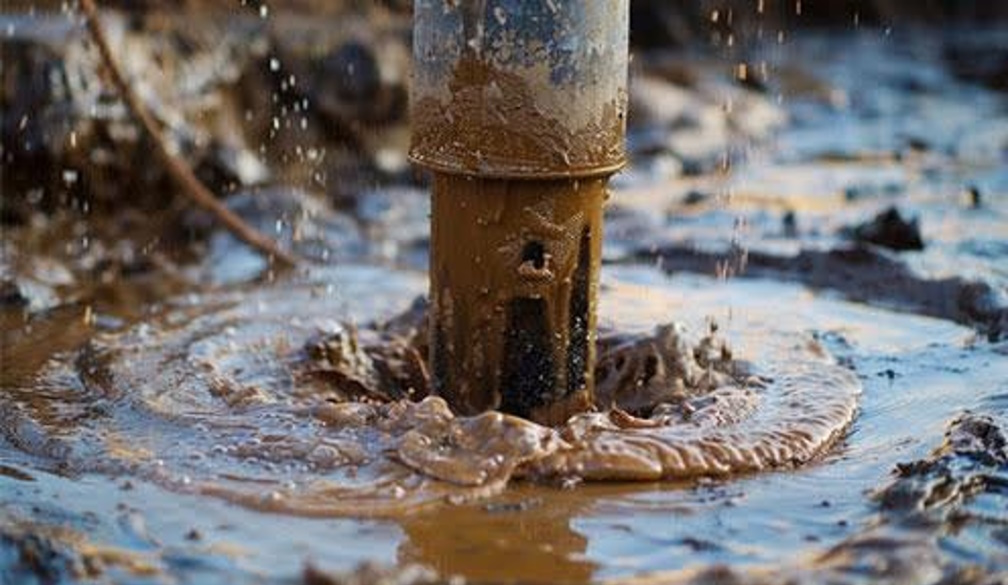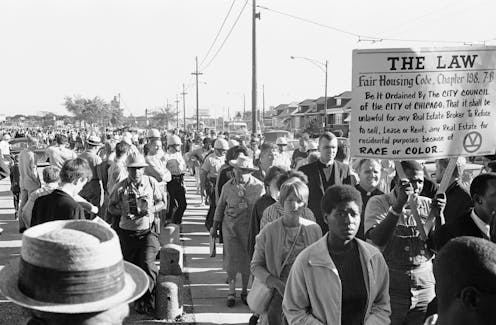How do US presidential elections affect the economy and the stock market?
With the US presidential election on a knife edge and less than a week away, financial markets are watching with bated breath.
There’s no shortage of reasons to be nervous. Both sides have outlined radically different visions of America’s economic future, with major implications for the rest of the world.
All of this stands against the backdrop of simmering tensions with China and an ongoing crisis in the Middle East. The price of gold – a common way for investors to hedge against uncertainty – has soared to record heights.
Many have been speculating about what might be in store for the stock market and the economy – both in the United States and here in Australia.
Obviously, that depends on far more than just who is sitting in the Oval Office. However, looking at history still tells an interesting – and perhaps surprising – story.
Elephants, donkeys, bulls and bears
In the United States, both sides of the political divide are subject to some oversimplifying stereotypes.
Democrats are often seen as the party of proactive government spending, favouring policies that redistribute wealth through taxation. Republicans, on the other hand, have a reputation as the business-friendly party of small government, favouring more passive policies with lower tax rates.
So, it might surprise you to learn that if we zoom out and look at a big chunk of the past century, the US economy and its stock markets have actually performed better under Democratic presidencies, on two key measures.
Research by Lubos Pastor and Pietro Veronesi from the University of Chicago examined the period between 1927 and 2015.
They found average growth in gross domestic product (GDP) was 4.86% under Democratic presidents. Under Republican presidencies, it averaged 1.7%.
Over the same period, the US share market’s “equity risk premium” was also 10.9% higher under Democratic presidents than Republicans. In the years from 1999 to 2015, it was even higher under democratic presidents – 17.4%.
This is the excess rate of return that can be earned by investing in shares above the “risk-free rate” (such as the interest rate on a savings account).
Why is it worth looking at the risk premium instead of total share market returns? Because it helps separate out the effect of interest rates.
The return on assets like shares is comprised of the risk-free rate from banks plus this risk premium. Risk-free rates are largely determined by central banks, which in most countries are independent from the government.
What might be driving this effect?
Whether this performance reflects good luck or good policies is much harder to answer. If the effect was arising from superior policy decisions, it would imply voters have been repeatedly failing to reward good government.
Pastor and Veronesi argue something different – that when the economy is weak and stock prices are low, voters are more risk-averse. That can lead them to prefer the wealth redistribution policies of the Democrats.
The last three transitions from Republican to Democratic presidencies support this theory. Bill Clinton was elected shortly after the 1990-91 recession, Barack Obama at the peak of the global financial crisis, and Joe Biden during the pandemic.
As the economy recovers from a crisis, stock prices often increase. Pastor and Veronesi’s thesis suggests that the election – and the good performance - of Democratic presidents comes down to the timing of voters’ heightened risk aversion.
Highly interlinked economies
Historically, monthly stock returns in Australia and the US have been highly correlated – my calculations show this is even more so in election years.
Correlation famously doesn’t say anything about causation, just that when we see change in one, we typically see a similar change in the other. That means some of the effects we described earlier can be felt here (and around the world), as well.
Expanding their long-term analysis internationally, Pastor and Veronesi found that the average equity risk premium of Australian stocks was also higher under Democratic presidencies in the US – by 11.3%!
Similar higher returns were also observed in the United Kingdom – 7.3%. And they were even larger in Canada, France, and Germany – all about 13%.
Two factors may help explain why what happens in the US is so wide-reaching. Stocks in these markets are globally owned. US presidential elections may reflect the cycle of global risk aversion, which in turn affects local stock markets.
These economies and financial markets are also highly integrated with the US in areas such as trade, making their economic cycles highly correlated.
A stock market boom?
Will a win by the Democrats in November usher in a stock market boom? It’s unlikely, for two reasons.
First, a win by the Democrats would be a continuation, not a transition from a Republican president. It would not represent policy changes favoured by more risk-averse voters.
Second, it would be a Democratic win in a booming economy. The US economy has been going strong since the end of the pandemic.
It added 254,000 jobs in September, the strongest job growth in six months. It also grew at an annualised pace of 3% in the second quarter of 2024, above its average of below 2% over the past decade.
Other research suggests some important caveats, too. On average, the short-term market reaction to an election does not favour the Democrats or the Republicans.
However, a surprise win by a Republican – that is, one contrary to prediction markets – is associated with 2-3% higher returns around election days.
One possible reason for this is that unlike voters, equity fund managers are more likely to be Republican-leaning. A surprise win by their favoured candidate can boost stock prices when the winner is declared.
Read more: A new book reveals much of Trump's success is based on a myth he is a self-made billionaire
Authors: The Conversation




